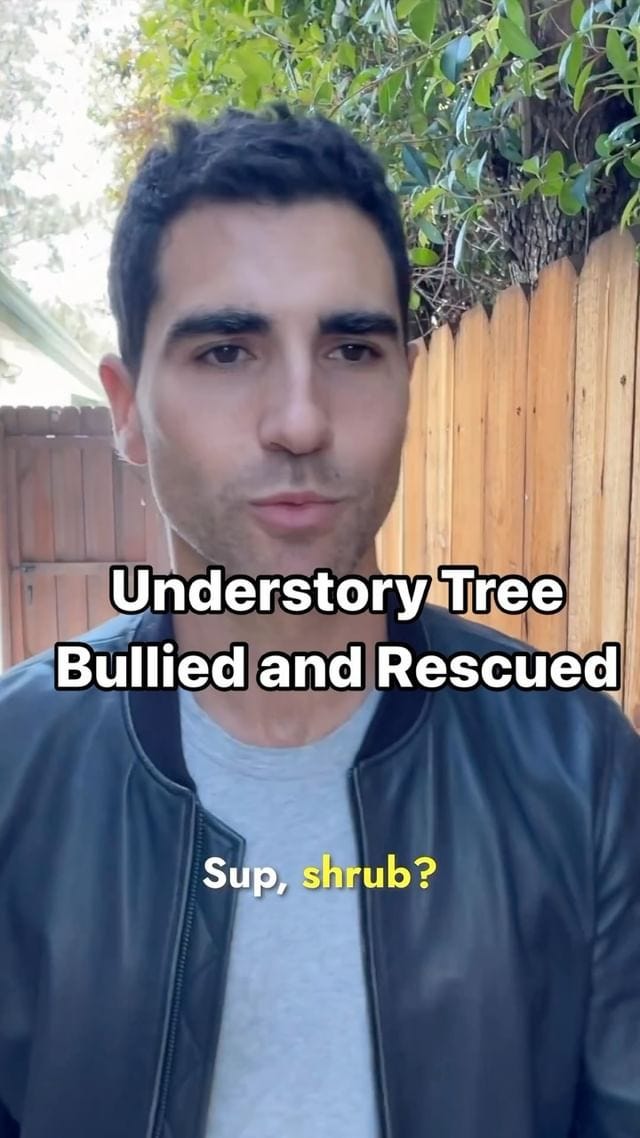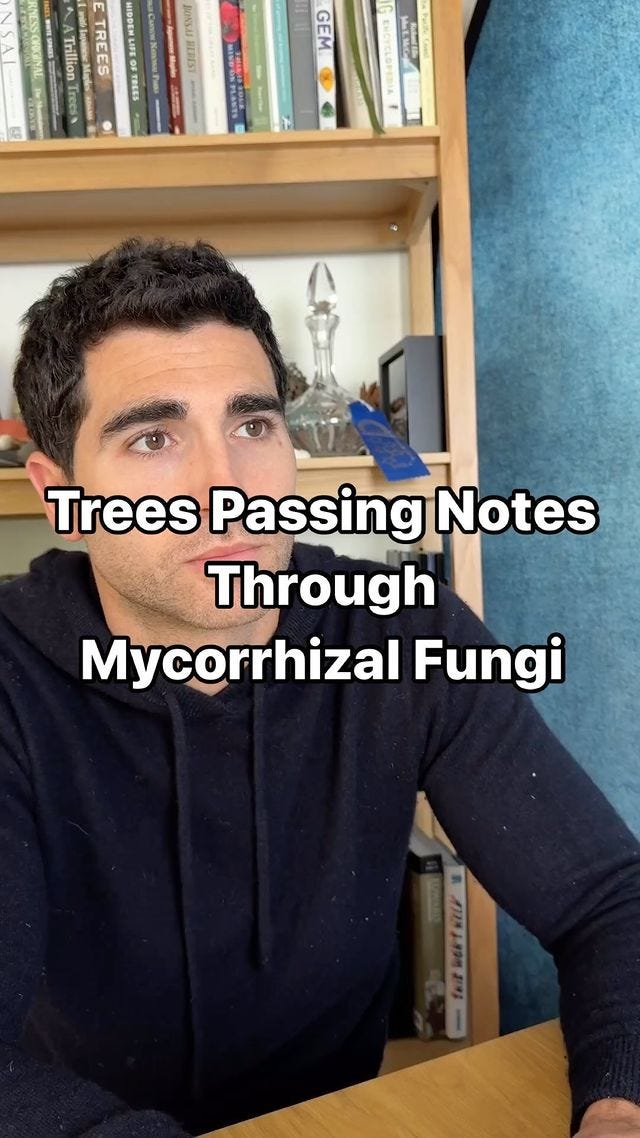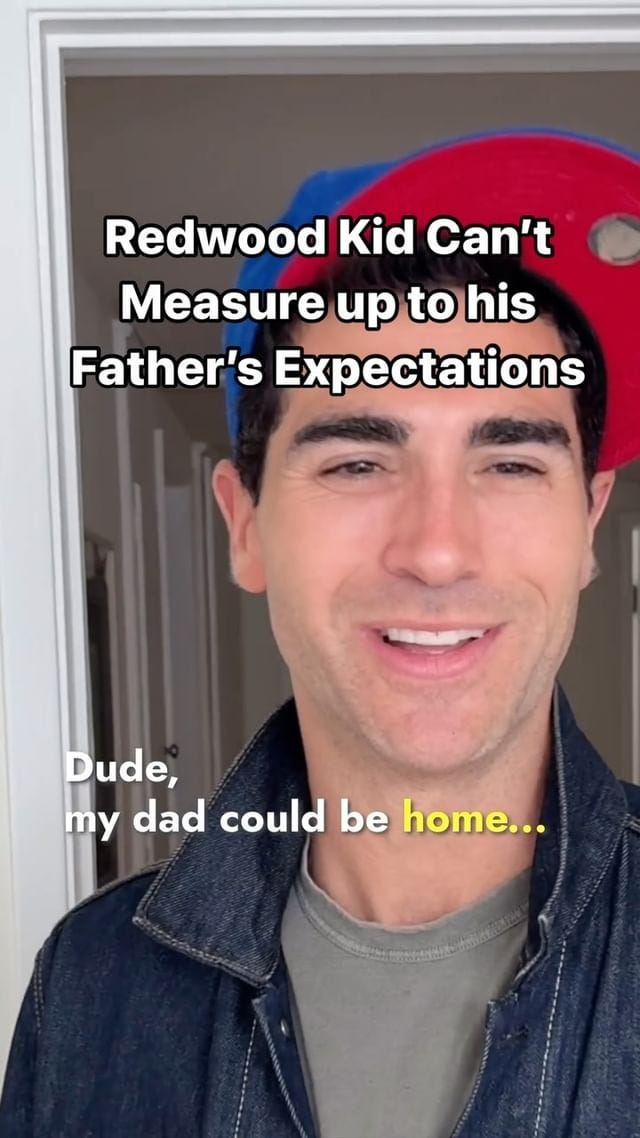Recent "Tree-nager" Sketches with Botanical Context
For those of you who don't enjoy relying on the algorithm to see stuff.
I’ll do a content wrap-up every few weeks, because it seems like only about 20% of my instagram followers end up seeing the stuff I do on that platform. On the other hand, it seems that my recent sketches are doing great beyond my follower base. But I think it would be cool if the people who cared the most saw the most. So if you don’t want to rely on the Instagram and you follow me there, you can subscribe here and I’ll supply you with the hits with context every so often.
That being said, I think part of the reason my recent sketches have been doing well despite the broader downturn for creators is that they take place in a specific world: a world where trees are human characters representative of their species. More specifically, where trees are teenage human characters representative of their species. As we all know, this heightens their emotionality and need to understand themselves. There’s been a few suggestions of what to call this world, but, for the time being, let's just call this the “Tree-nager Approach.” It’s basically what I did for 100 North American trees in my book, Must Love Trees: An Unconventional Guide, but here, it’s in dramatic (comedic) form. Which, let’s face it, is a lot more fun.
(These are really just “mapping exercises,” in Upright Citizens Brigade parlance. Mapping is finding an analogous joke in a new context. For example, if you were trying to find a food analogy for bunch of lions out to dinner, the waiter might say the special is “Zebra tartare.” Thus one “maps” our reality upon another reality.)
I try to pair these tree-nagers with a slightly cliched scenario from our favorite teen dramas in order to foreground the characters, relationships, and biological lesson, if any. So here’s four recent “Tree-nager” sketches that have done well on Instagram or Tiktok, contextualized.
Tree Catches Son Self-Pollinating
Context: A play on the classic American Pie-esque, “dad catches kid jerkin’ it.” Our characters here are conifers, and the son is caught “self-pollinating,” which, as the father is quick to tell him, is “just as good” as the other way for conifers. Conifers self-pollinate all the time. For example, in pines, the wind often blows the pollen from the male-coded pollen cones on the lower part of the tree up to the female-coded seed cones on the top.
Understory Tree Bullied and Rescued
Context: My mother Gail joined me on this dramatic explanation of the interdependency of canopy and understory trees as a bad girl with a heart of gold (Sycamore), who comes to the aid of Dogwood as he encounters bad news Sweetgum and Hickory. The alley is mine. the performance of a lifetime is my mother’s.
3. Trees Passing Notes Through Mycorrhizal Fungi
Context: Most of us fondly remember the esoteric methods of note-folding that dominated our intermediate school years. I’m not sure anyone ever checked “Yes” for me, but a starry-eyed Douglas-Fir gets lucky with dreamy Birch here, as we witness two trees exchanging carbon through underground fungi in the Pacific Northwest Rain Forest. It was a singular pleasure to portray the stern yet benevolent teacher, who is unnamed, but who I like to think of as “Mr. Nature”.
Redwood Kid Can’t Measure Up to His Father’s Expectations
You know the scene: the Dad doesn’t get the kid and tells him he’s a good-for-nothing so-and-so. The kid fights back. The dad kicks him out. But now picture the kid literally trying to live up to the expectations of being the tallest tree in the world. Lotta pressure there. Rebel Without a Cause meets Fern Gully.
Actually all of these are [insert movie] meets Fern Gully.





